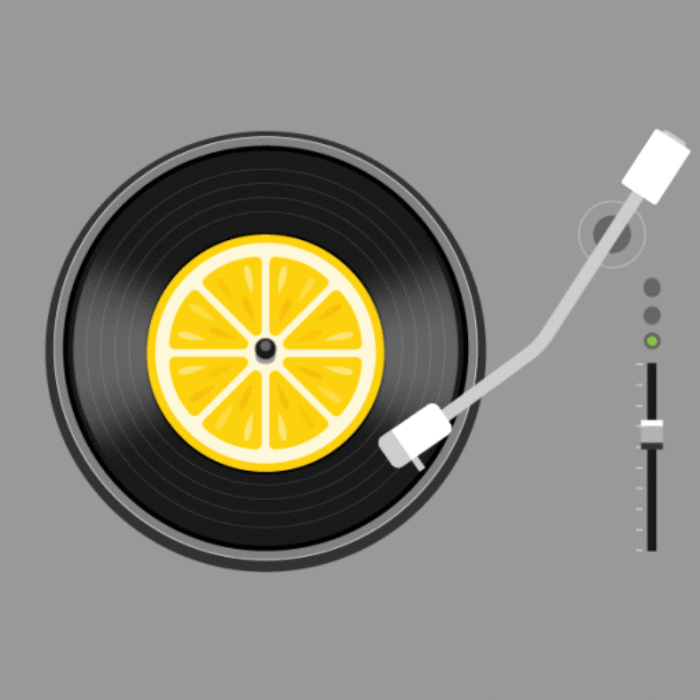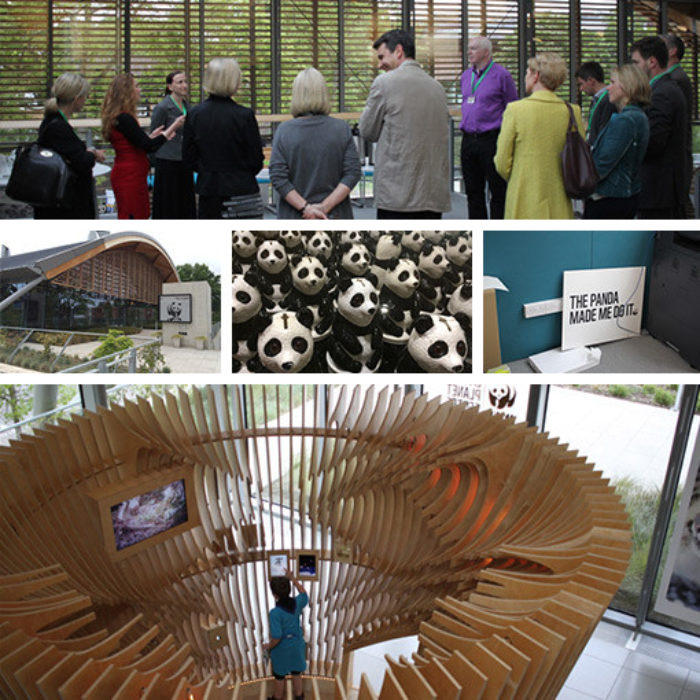Become an innovator: Experiment and iterate
This blog series explores the shared characteristics of innovative people and organisations, with a particular focus on what innovators think, feel, believe and do. We’re also looking at how we can all do more to encourage and create innovative workplace cultures.
A key characteristic shared by all those with a spirit of innovation is a commitment to the scientific method.
“Every autumn, an oak tree drops thousands of acorns, but only a
handful ultimately germinate. In sexual reproduction, millions of sperm
will fail to find the egg. Innovation is similarly a numbers game.”
Gary Hamel and Michele Zanini, ‘Humanocracy’1
The science bit
Innovators experiment. It’s what they do. It’s the scientific method. Experiment. Learn. Modify.
“The only way to know how a complex system will behave – after you modify it – is to modify it and see how it behaves”, says George Box, former President of the American Statistical Association2.
And here’s Jeff Bezos, quoted by Johan Norberg in his book ‘Open’: “Experiments are key to innovation because they rarely turn out as you expect, and you learn so much… I encourage our employees to go down blind alleys and experiment. We’ve tried to reduce the cost of doing experiments so that we can do more of them. If you can increase the number of experiments you try from a hundred to a thousand, you dramatically increase the number of innovations you produce.”
Norberg is a senior fellow at the Cato Institute in Washington. He is a big believer in open innovation, saying: “The way to maximize our chances is to allow as many people as possible to test their ideas and experiment with their solutions… the chance that we will find someone who improves our way of doing things or comes up with useful innovations increases when more people are allowed to try their luck.”
Norberg cites the Internet as a great example of open, collaborative, peer-to-peer innovation. He imagines a retrospective hypothetical; what if the UN had proposed a committee to create a worldwide technology platform in 1993 that had all the information we might be interested in, and accessible from anywhere? “But we didn’t have such a committee,” Norberg says. “We had no plan, no hierarchy, structure or co-ordination. We only had a platform open to all, and we had everyone.”3
Lightbulb moment
You don’t experiment on the basis that you’ll get it right first time. Today, everyone is a photographer. Do you get it right every time you take a picture? Even the professionals reject the vast majority of their work.
Sometimes, your experiments will fail completely. Thomas Edison was a prolific experimenter. He had over 1,000 patents, many of them born in his experimentation lab at Menlo Park. But Edison’s talking doll ceased production within weeks. His concrete home with fitted concrete furniture bombed. “Most ideas don’t work”, is how Stefan H Thomke, Professor of Business Administration at Harvard Business School, puts it in his book ‘Experimentation Works’.
Necessary uncertainty
What constitutes evidence when you are innovating? A lot of the time evidence won’t be available. “The greater the novelty of an innovation, the less likely it is that reliable data will be available”, says Thomke. “In innovation, uncertainty is necessary because it creates opportunity.”
Randomised trials work when you are testing iterative changes. But sometimes you just need to launch and see what happens.
But don’t make the mistake of John Harrison. In the early 1730s, he took up the challenge to win a UK government competition to create a marine timepiece. This so-called Longitude Prize was worth £20,000 (around £3m today, by my estimation).
The goal was to create a chronometer that worked at sea to accurately measure the time at a fixed location (and hence its longitude). Harrison’s first sea clock, H1, was completed in 1736, his second, H2, in 1741; but neither were good enough for him. He waited until 1761 before submitting his winning H4 sea clock to the competition. He died in 1776, so had a lot less time to enjoy his eventual reward.
Principles of experimentation
Some tips from the experts:
- Prototype just enough, and no more.
- Test stuff in the real world.
- You are seeking real, not stated, behaviour.
- You can test if something is working using randomised controlled trials (where people are randomly assigned to either a control group or the group where you are testing your innovation).
- Build in a feedback loop – learn what does and doesn’t work, then tweak or discard.
Learn more
This is one of a series of articles on the characteristics of innovative people and organisations. The next instalment is coming soon, but in the meantime, you can explore the full set, by downloading our free report Innovation for Everyone.
And if you want a chat about how to create a more innovative, experimental culture in your organisation, just drop me a line at john.drummond@corporateculture.co.uk
Sources:
- Gary Hamel, Michelle Zanini, ‘Humanocracy’, Harvard Business Review Press, 2020
- Jeff Dyer, The Innovators DNA, Harvard Business Press, 2011
- Johan Norberg, Open, The Story of Human Progress, Atlantic Books, 2020




